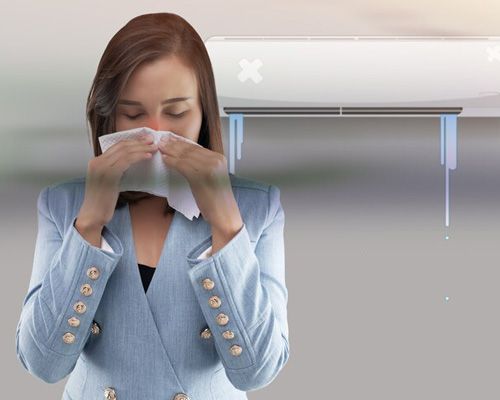Understanding Indoor Air Pollution: Common Causes and Effects
Arctic Fox Cooling • December 31, 2020
Understanding Indoor Air Pollution: Common Causes and Effects
 Indoor air pollution is a serious issue that affects millions of people worldwide. It refers to the presence of pollutants in the air inside homes, offices, and other buildings that can cause harm to our health. In this blog post, we will discuss the common causes of indoor air pollution and the effects it can have on our health. Common causes of indoor air pollution:
Indoor air pollution is a serious issue that affects millions of people worldwide. It refers to the presence of pollutants in the air inside homes, offices, and other buildings that can cause harm to our health. In this blog post, we will discuss the common causes of indoor air pollution and the effects it can have on our health. Common causes of indoor air pollution:
- Dust, pet dander, and mold: These common household allergens can accumulate in the air, causing respiratory problems and allergic reactions.
- Chemicals and toxins: Products such as cleaning supplies, paint, and air fresheners can release harmful chemicals into the air.
- Smoke: Tobacco smoke, as well as smoke from cooking or burning candles, can contain harmful particles that can linger in the air for hours.
- Radon: Radon is a naturally occurring gas that can seep into homes and buildings through cracks in the foundation, causing health problems.
- Respiratory problems: Indoor air pollution can aggravate asthma and other respiratory conditions, causing difficulty breathing, coughing, and wheezing.
- Allergic reactions: Exposure to common allergens such as dust and pet dander can cause symptoms such as sneezing, itching, and watery eyes.
- Headaches and fatigue: Exposure to pollutants in the air can cause headaches and fatigue, making it difficult to focus and stay alert.
- Long-term health effects: Prolonged exposure to indoor air pollution can increase the risk of certain cancers, heart disease, and other serious health conditions.
- Regularly clean and dust your home to remove allergens and dust.
- Use natural cleaning products to reduce exposure to harmful chemicals.
- Keep windows open and use exhaust fans to bring fresh air into your home.
- Test your home for radon and take steps to reduce levels if they are high.















